Written for Underwater Earth | 7 June 2016
Some of the media reports in recent weeks have overstated the facts about the bleaching on the Great Barrier Reef – the truth is the southern part of the reef was virtually unaffected. However, even the most conservative estimates of the impact in the north still rank the bleaching as one of the worst environmental disasters in Australian history. We were there to see it first hand and it was the most disturbing sight we have ever seen.
Bill and Shannon Joy made the trip to the remote far north possible - allowing us to use their amazing yacht Ethereal as our research boat. We started the main mission at Lizard Island, which we'd previously visited at the height of the bleaching five weeks earlier and headed north from there. On the last trip the reef at Lizard Island was in the sad but hauntingly beautiful phase - the corals had lost their colour and their skeletons, visible through their clear flesh, were glowing white
We were expecting to see a similar but faded sight when we returned, but when we jumped in to revisit the sites we knew so well from the previous trip, we were shocked by the transformation. The white hard corals had turned brown - they were dead and covered in algae. They looked like they'd been dead for years. The soft corals were even more shocking. They were in a state of decomposition and were literally dripping off the rocks. It was a deeply disturbing sight. It was followed by a deeply disturbing smell as soon as we got out of the water. We smelt of the rotting flesh of animals. It was an experience we will never forget.
We hope we never have to witness anything like it again. But we know we will. The ocean is committed to continued warming for at least the next two decades due to carbon emissions already in the system. Dangerous climate change is here and it's now or never for protection of coral reefs.

